
Review by Steve Harp •
Walker’s Vein by David Bernstein is a mystery masquerading as a travel guide. My immediate reaction in encountering the book object was to note its somewhat unusual dimensions – 8” x 13”, a tall, thin volume. These are proportions I usually associate with guidebooks; not a totally idiosyncratic connection, as the book presents itself as an exploration of the upper Ohio River Valley. The front cover, in fact, seems to be a map or plan of some sort with gray text and markings against a black hard cover. The title text is in a bright orange over this “map” and a small, inset photograph depicts a figure seen from the back wading in a small stream or creek which flows into a larger body of water.
The book opens to a colorful double-page spread of endpapers featuring a diagrammatic illustration of soil layers, time periods (Cenozoic, Mesozoic, Paleozoic, etc.) and the prevalent animal life associated with each era (Bison, Mastodon, Monkeys, Turtles, First Mammals…). This reads as an archeological cross-cut laying out the history of what we assume David Bernstein has documented photographically of the area we now know as Ohio. Bernstein offers up contemporary samples of the top layer or vein – the current lives of people and events presented visually and in short, narrative fragments.
And here is where the mystery begins, for Walker’s Vein presents itself as anything but a conventional, sociological photographic documentary. Rather, we seem to be looking at these sites, these people, these events, geologically, as samples found by coring through a specific (but temporary) historical vein. Instead of a standard title page, we are given simply on the first page after the endpapers, the author’s name, which then opens onto a double-page spread of a view of a shallow river flowing under two bridges – one a railroad bridge (as we see a train crossing) and the other likely for automobiles. On a sandbar in the water a small figure sits on a bicycle. On the top right of the right page, a brief text may (or may not) be commenting ominously on the photograph:
Strangely, no one asked how Michael got down there. Well, that is not entirely true. His father did, but that was to be expected after what happened with him and Benny that one summer.
The mystery, then, for this viewer/reader is whether the “down there” refers to the figure on the bicycle (is this “Michael”?). If not, where is “there”? Who are Michael and Benny? What are we to make of these events occurring in this place, in this era, which to us is the contemporary but, at the same time, simply the current top layer of an archeological history stretching back millions of years.
The book features 46 photographs over 88 pages. There are four fold-outs, three of them displaying plans for what appear to be industrial equipment or structures – a furnace, a plant and a mine. The fourth fold-out is a reprint of a newspaper story. Interspersed throughout are 13 fragmentary texts which feature a recurring cast of characters: Michael, Benny, Glenn, Ray, Shawn, Michael’s father, Benny’s grandpa and others. We are getting a sampling of life and events from this site in a very precise time and place (or vein or stratum) in the Holocene, our current geological epoch.
Even without the narrative enigma that Bernstein sets up for us, his photographs are compelling documents – perhaps artifacts or specimens would be more apt word choices – of the people, objects, structures of small-town America in the Ohio River Valley. Various levels of decay and dilapidation seem to permeate these images as the current landscape and life await inevitably becoming the next archeological strata.
And yet . . . there is something more in this work, something beyond the inexorable movement of geological time. The mystery I alluded to at the start of this review is at least partly revealed in the newspaper reprint found in the last fold-out section. Recounting the story of two teenagers – Benny & Michael – lost for 24 hours in an abandoned clay mine, the article tells of their rescue thanks to the advice of Glenn, a local preacher. Perhaps my opening sentence, then, is exactly backwards. Maybe Walker’s Vein is, rather a travel guide masquerading as a mystery. Bernstein’s photographs and narrative recount the lives and interactions of one small group of people on one small location in one very brief moment of geological time. The incident that Bernstein subtly structures his book around suggests a vein of hope and agency and transcendence that raises this small town, at least for a brief geological moment, out of the unavoidable flow of time and instead lets us see his images and this story as a poignant reminder of the care that we as humans can extend to each other as we all make our way through the labyrinth.
____
Steve Harp is a Contributing Editor and Associate Professor The Art School, DePaul University.
____
Walker’s Vein, David Bernstein
Photographer: David Bernstein; born: Anchorage, AK; resides: Bexley, OH
Publisher: Workshop Arts
Text: English
Book description: hardcover. Printed and bound in Amsterdam, Netherlands (Robstolk).
Photobook designer: Caleb Cain Marcus (luminositylab.com)
____
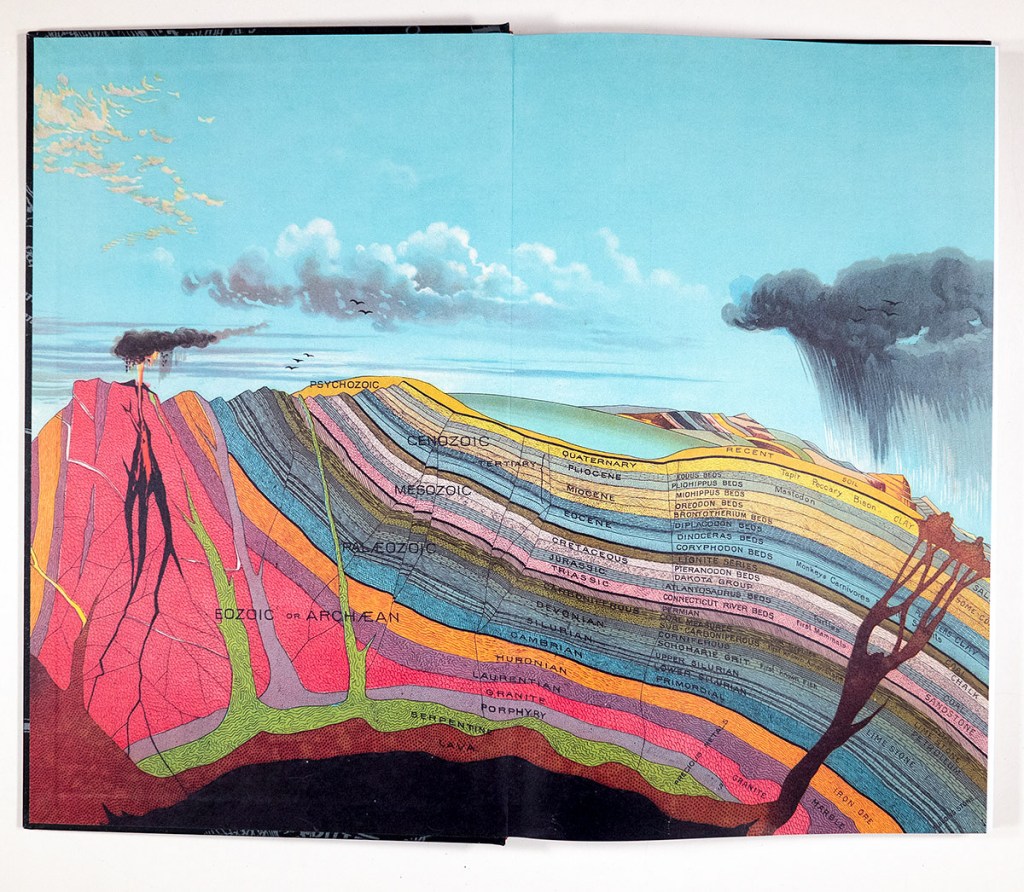

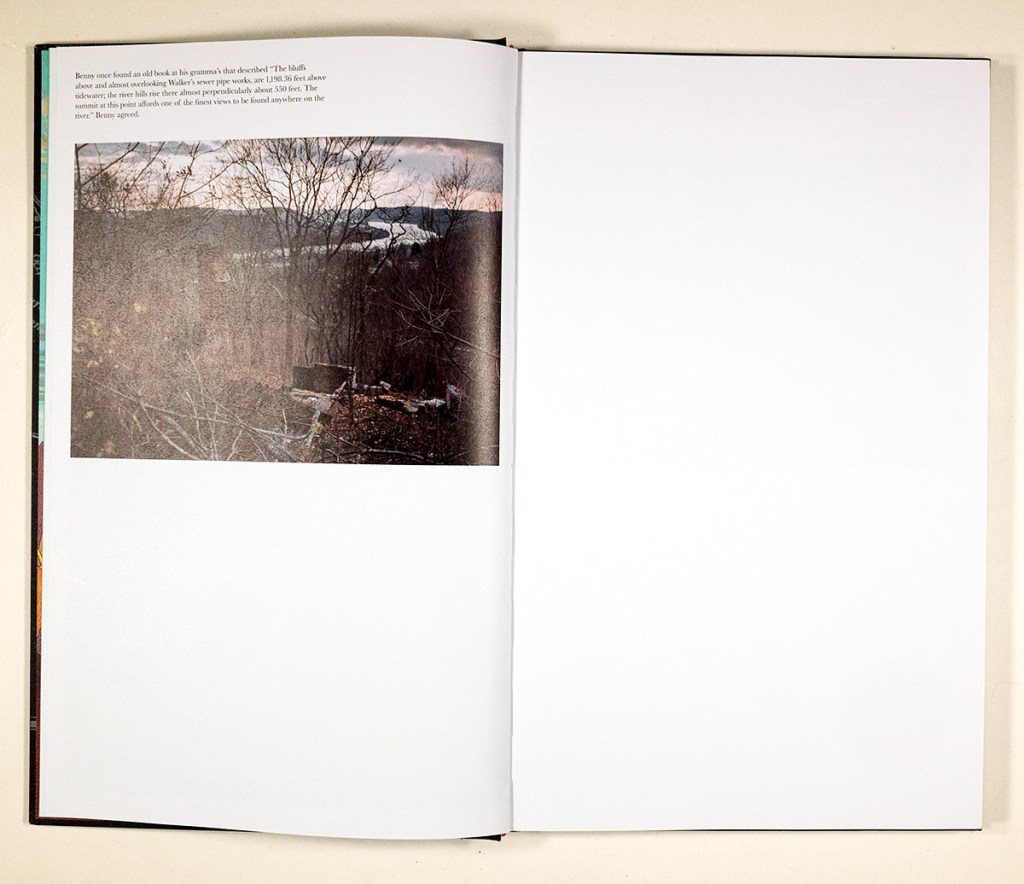

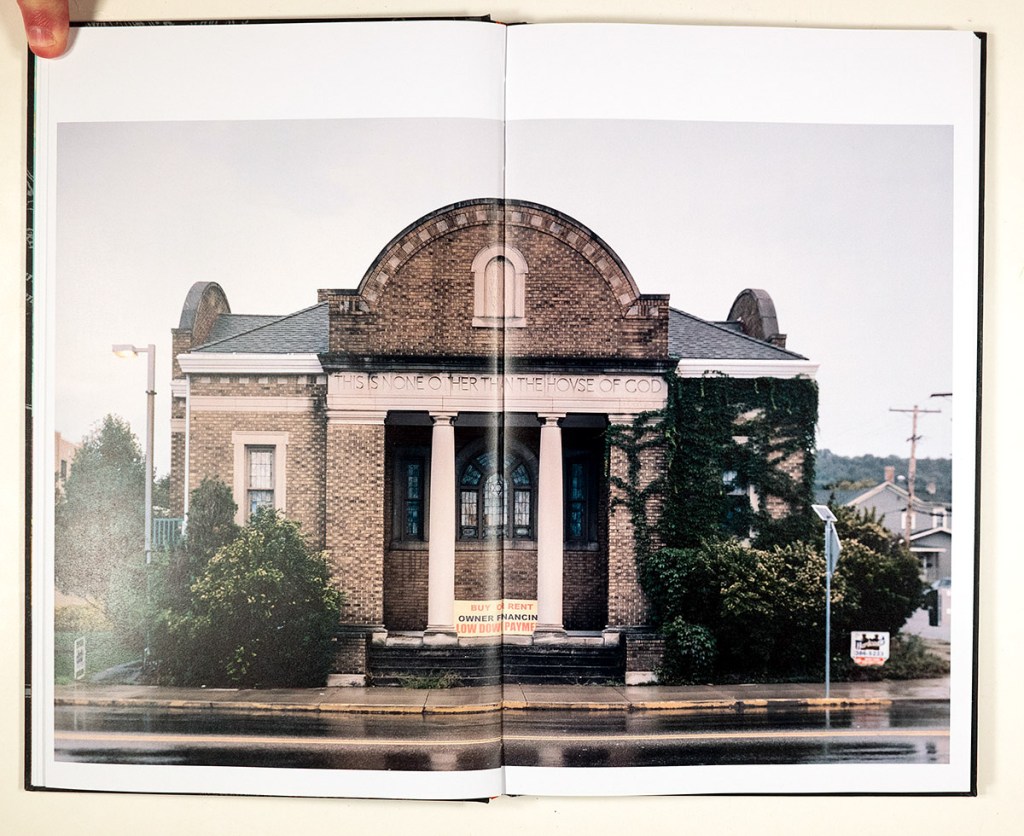

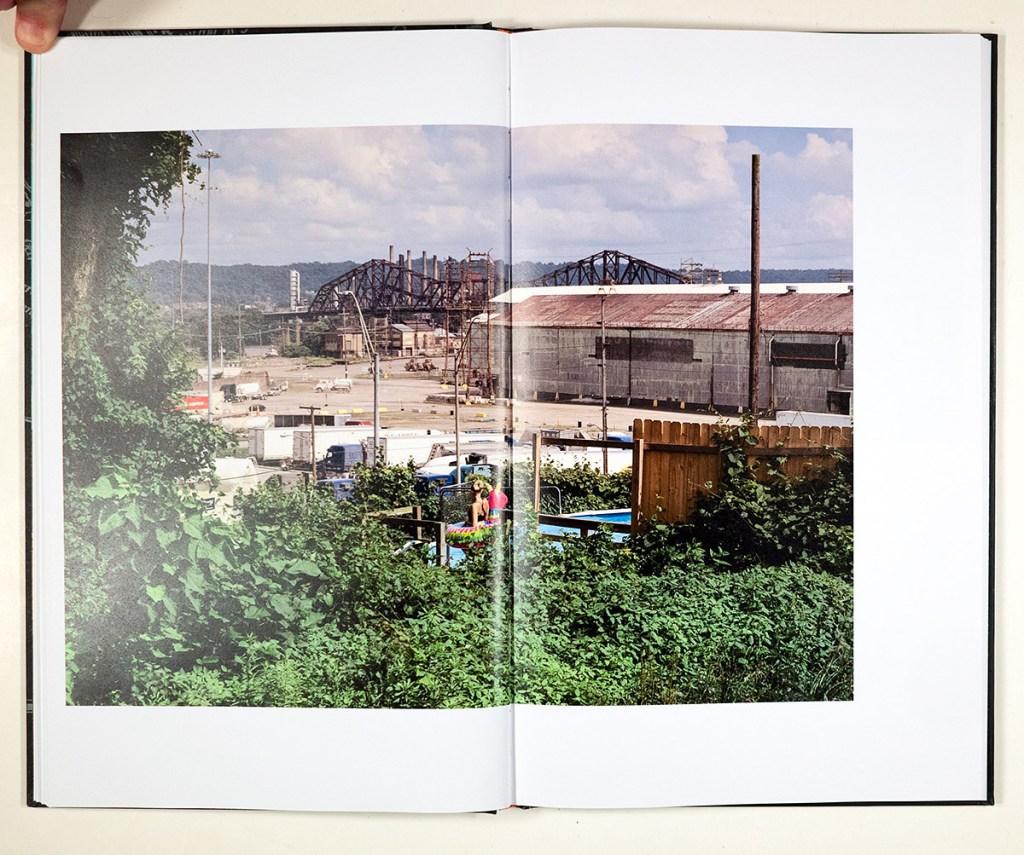
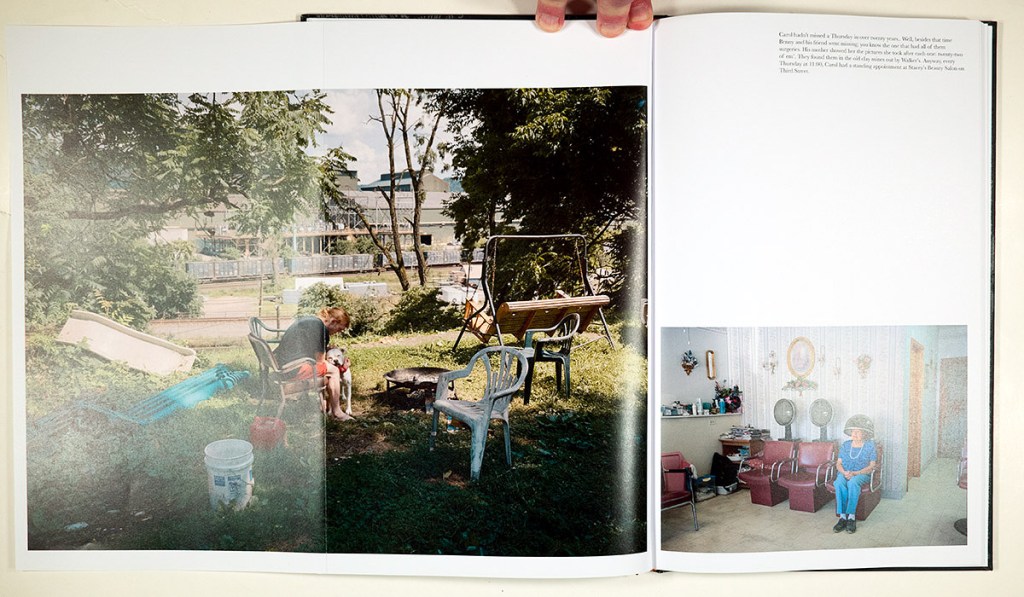
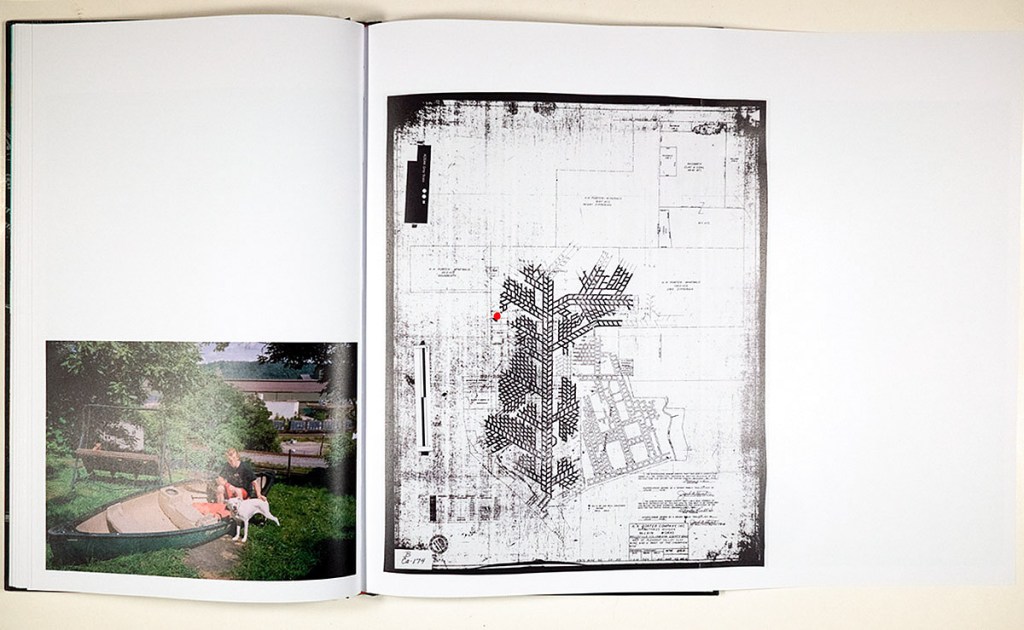
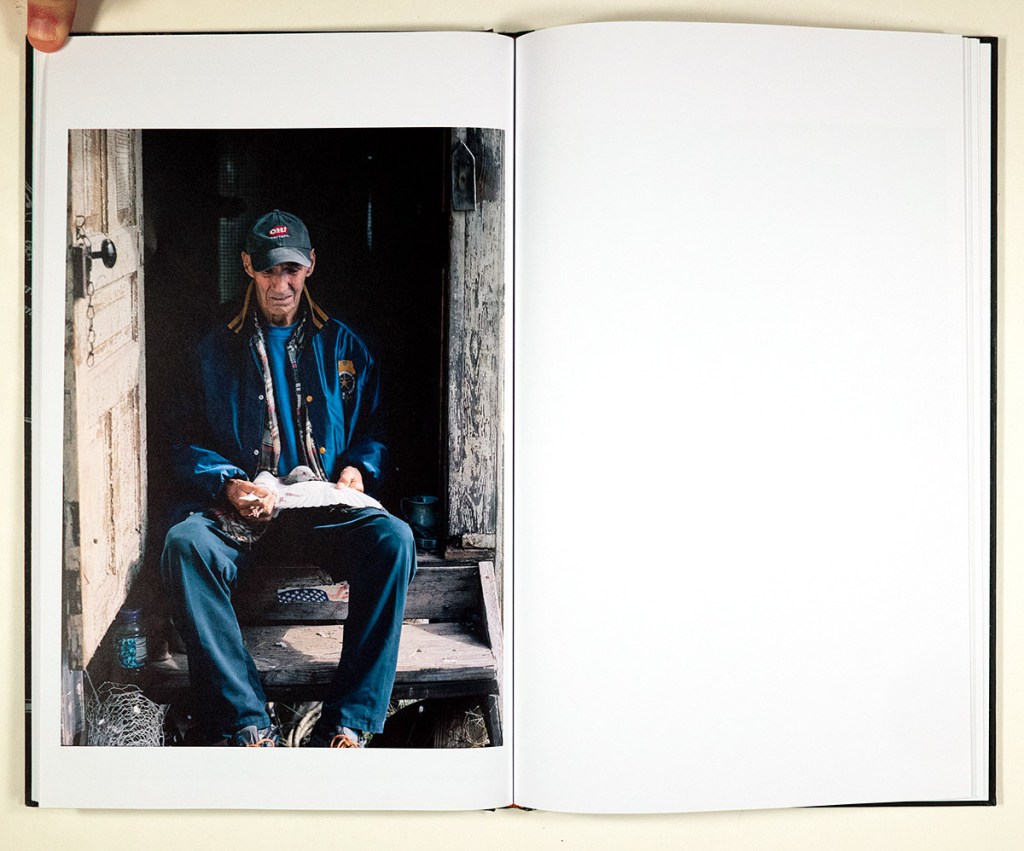


Articles and photographs published on PhotoBook Journal may not be reproduced without the permission of the PhotoBook Journal staff and the photographer(s).
Leave a comment